Getting Started with YugabyteDB, Temporal, and the Temporal-Maru Benchmarking Tool
Learn how to integrate Temporal and Maru with the YugabyteDB database to run sample workflows and operate resilient applications using developer-friendly primitives.
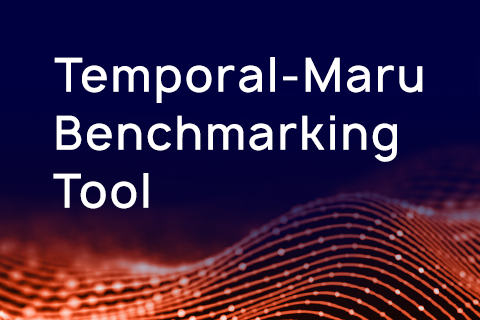
Learn how to integrate Temporal and Maru with the YugabyteDB database to run sample workflows and operate resilient applications using developer-friendly primitives.
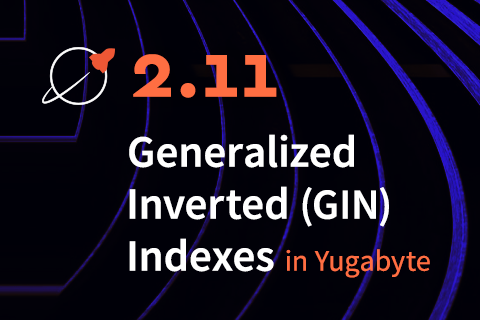
At Yugabyte, we are committed to complete PostgreSQL compatibility. Similar to PostgreSQL, YugabyteDB supports the following three container column types. These three data types are extremely useful in various cases:
Each data type’s utility is severely limited without an efficient way to index them.
…

Hello, my name is Akshat, and I joined Yugabyte on June 1, 2021. I’m a Software Engineer on the Yugabyte Cloud team. This is my first full-time job. In this blog post, I’d like to talk about my experience working here over the past six months and the amazing growth I’ve had since joining.
I knew about Yugabyte before I joined the company. I was familiar with the product,
…
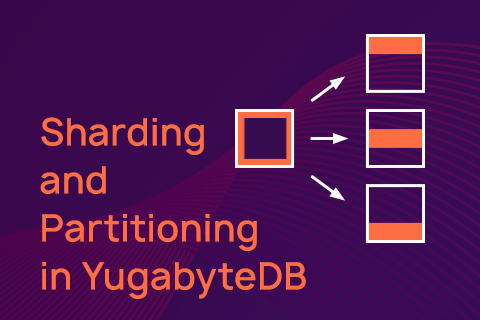
A distributed SQL database provides a service where you can query the global database without knowing where the rows are. You connect to any node, without having to know the cluster topology. You query your tables, and the database will determine the best access to your data, whether it’s close to your client or geographically distant.
The organization of data, whether co-located or partitioned, is the most important consideration for high performance,
…
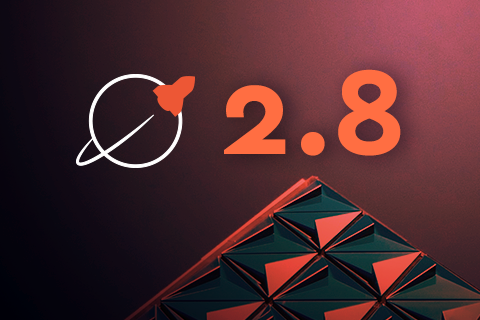
Operational visibility is key to understanding distributed SQL databases across dimensions of uptime, performance, and capacity planning. Keeping tabs on uptime is crucial for running clusters in production. You need to ensure you have the right process and alerting system in place to allow for fast action, as illustrated in the below diagram.
Yugabyte Platform offers a dedicated observability and monitoring view, which serves as a single pane of glass for the customer’s performance metrics across all clouds.
…
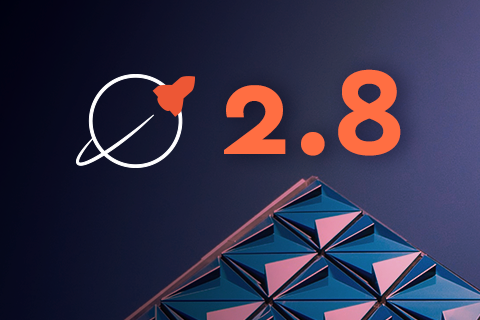
The Yugabyte Platform console orchestrates and manages YugabyteDB clusters in one or more regions across public cloud and private, on-prem data centers. Yugabyte Platform console is a powerful interface with an immense amount of automation to set up your databases across all major cloud providers around the globe. Through the UI, you can easily deploy a fully scalable global cluster across several regions and even across different cloud providers in a matter of minutes. The UI is super intuitive and great,
…
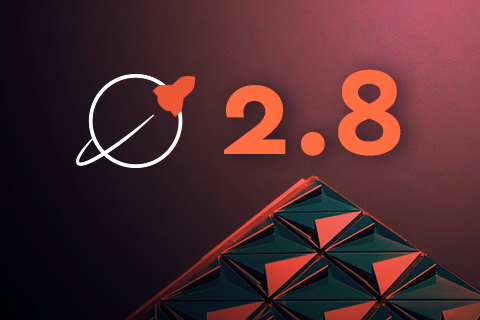
Yugabyte is on a mission to build the default database for cloud native applications and simplify operational data infrastructure. Our latest stable release — YugabyteDB 2.8 — is a big step towards that goal. YugabyteDB 2.8 includes significant enhancements to the open source database and our self-managed DBaaS offering, Yugabyte Platform. While we add more and more features on the Distributed SQL side, we are committed to making Yugabyte Platform easy for our users to use in their production cloud environments.
…
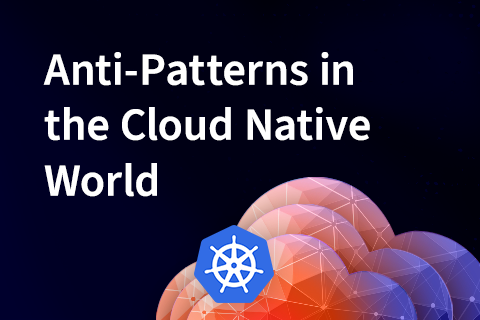
The last decade has seen a rise in usage of distributed SQL databases for transactional, cloud native applications. Popular options include Amazon Aurora, Google Spanner, YugabyteDB, and CockroachDB. All of these databases are resilient to failures and achieve high availability. However, they vary dramatically in the set of relational database management system (RDBMS) features they support.
Google Spanner and CockroachDB have chosen to rewrite the SQL engine from scratch. As a result, they do not implement many of the advanced features supported by a traditional RDBMS.
…
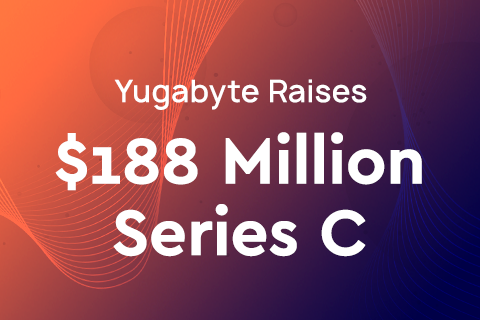
We are excited to announce that Yugabyte has closed $188 million in oversubscribed Series C funding. Sapphire Ventures led the round with participation from Alkeon Capital, Meritech Capital, and Wells Fargo Strategic Capital, as well as existing investors Lightspeed Venture Partners, 8VC, Dell Technologies Capital, Wipro Ventures, and others. This round comes seven months after our previous round in March 2021,
…
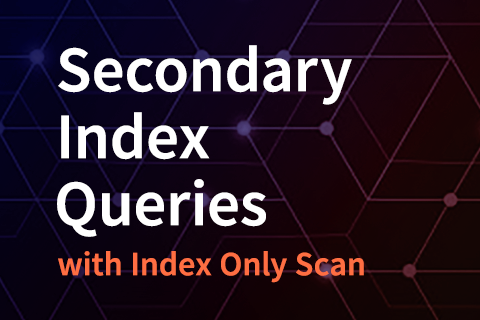
A distributed SQL database reads from remote nodes, which increases the need for optimal data access. From my 20 years of experience as a database consultant, here is the most overlooked optimization technique for any database that supports it: performance-critical queries should find their columns from the index structure, without making extra hops to the table.
Many myths against SQL, such as “joins don’t scale” or “analytic queries need a separate column store”,
…